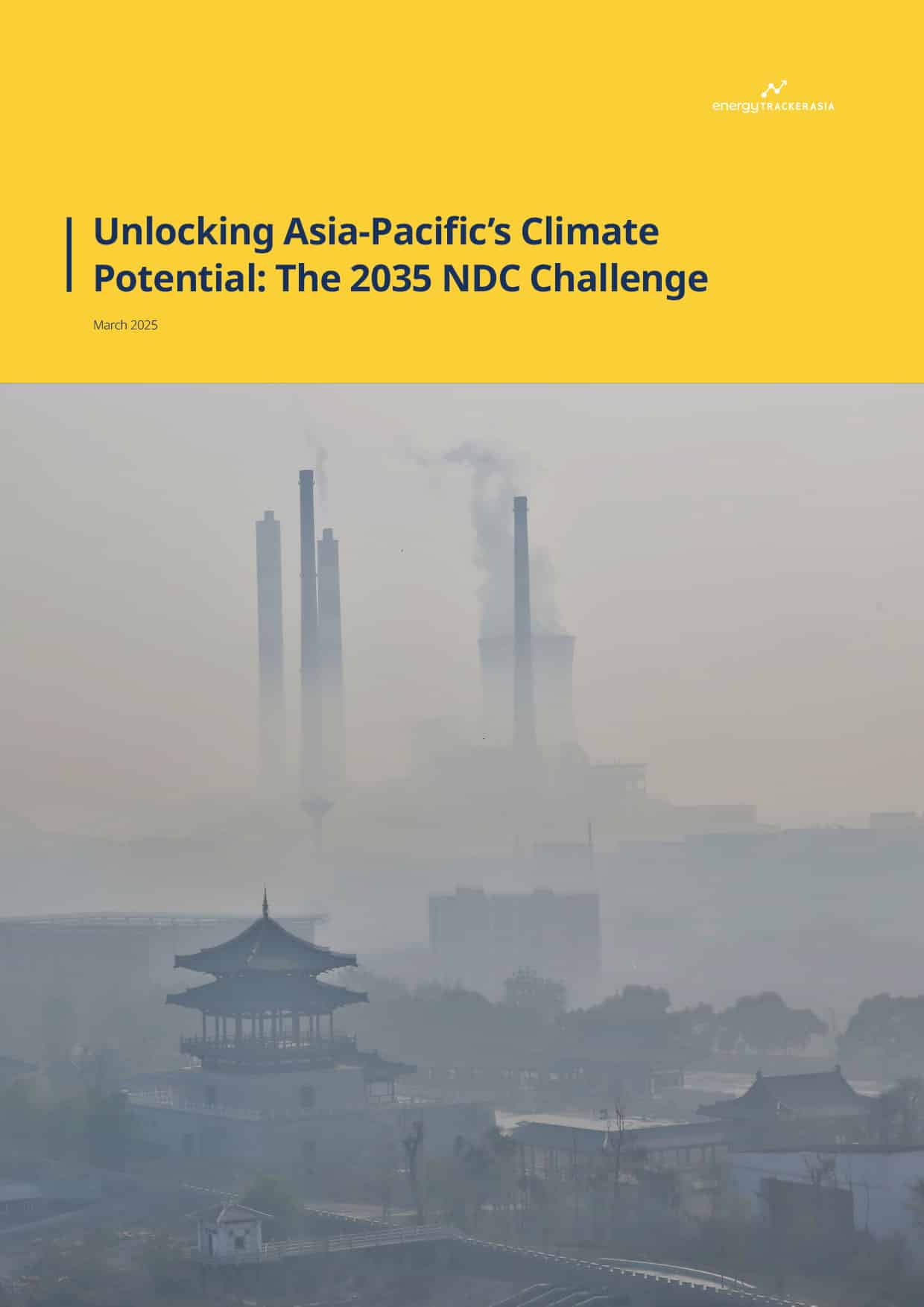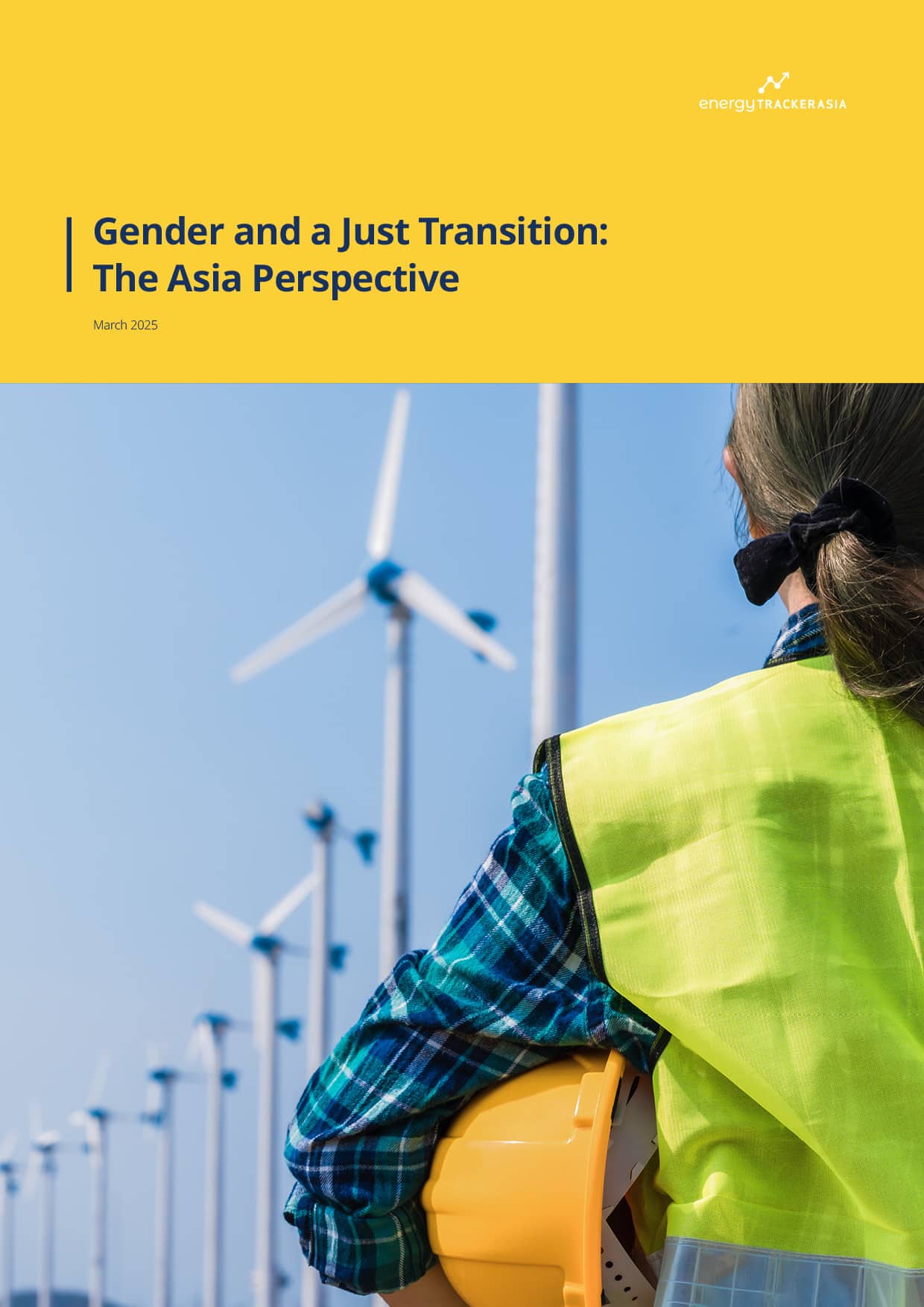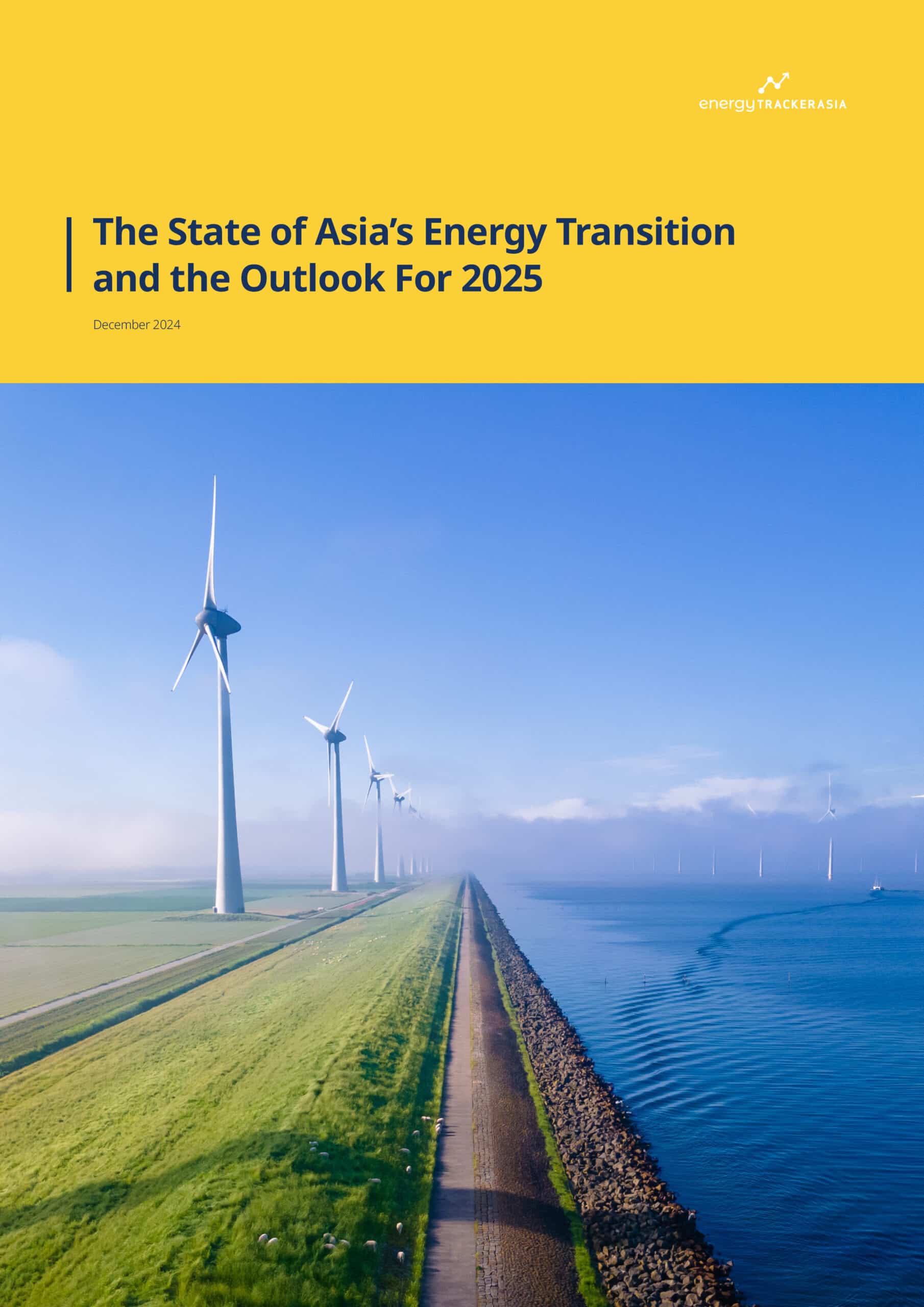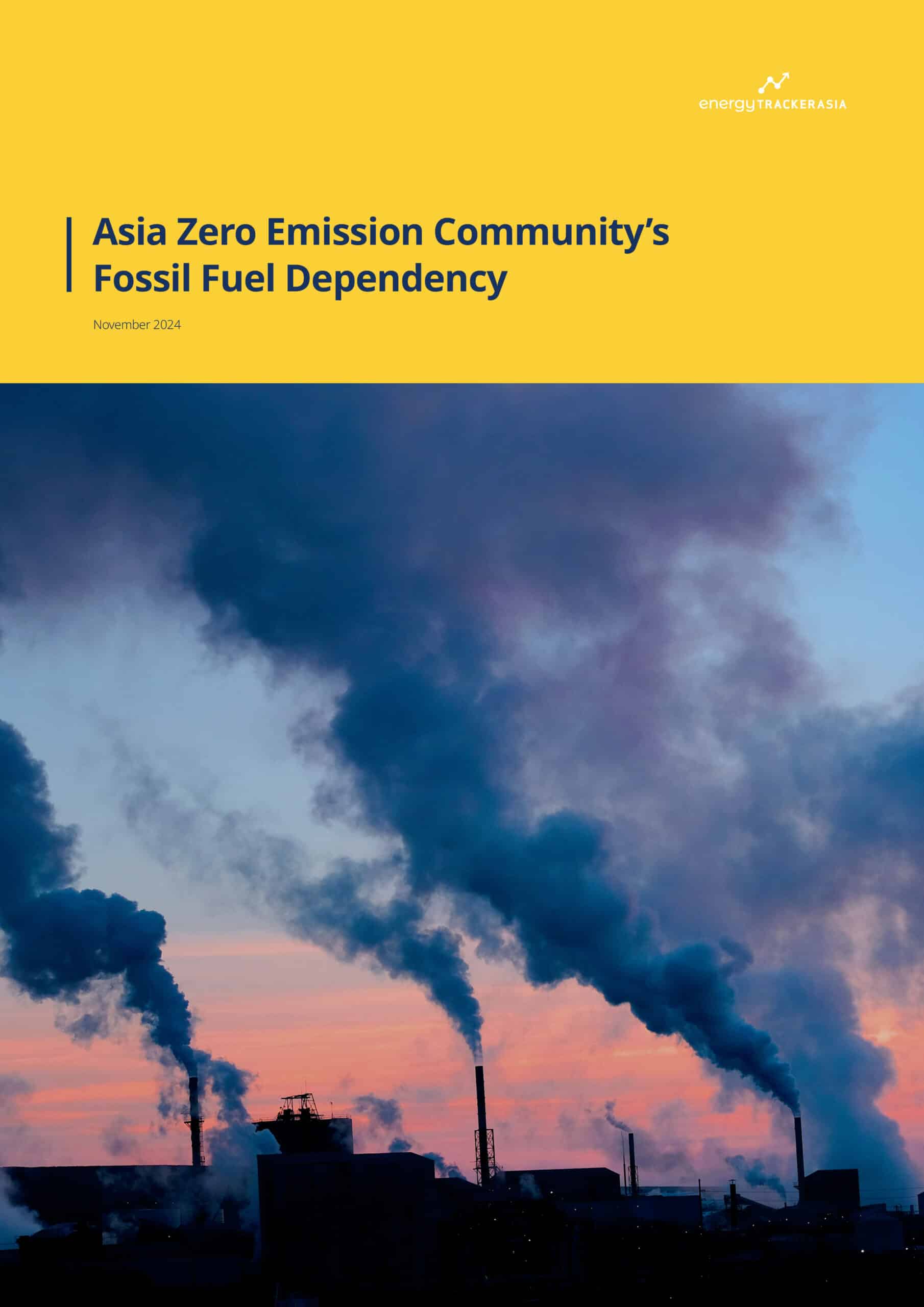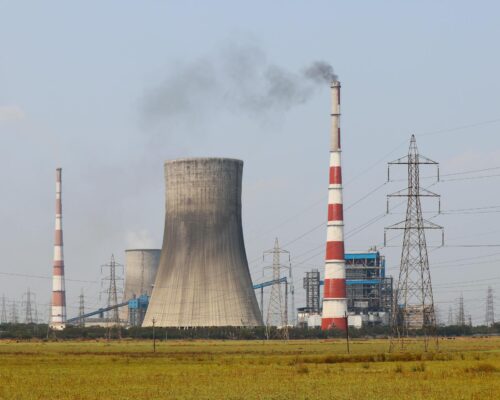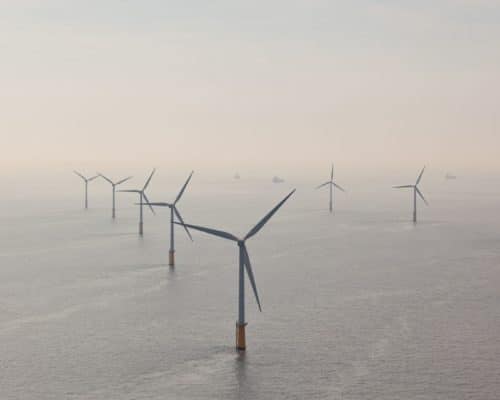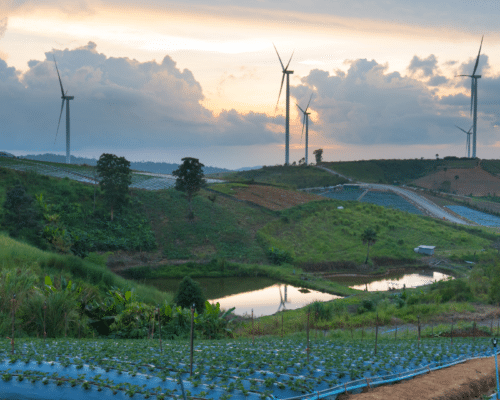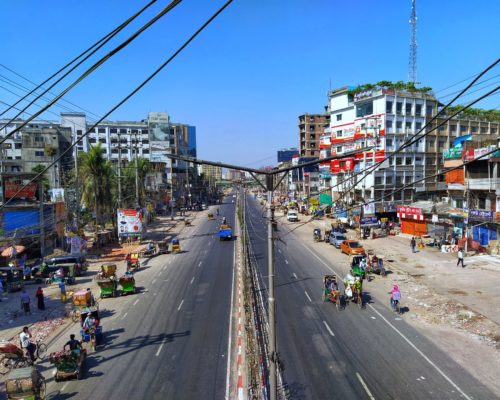Climate Governance at an All-time High But Challenges Remain
22 October 2025 – by Viktor Tachev
Ten years after the Paris Agreement, the general discussion mostly revolves around what countries haven’t done in terms of climate governance and how to keep the 1.5°C goal alive. However, the Deep Decarbonization Pathway (DDP) initiative’s latest report takes a different angle, highlighting energy transition success stories from various countries around the world. According to the experts, the foundations for a climate-resilient future are in place.
Still, while progress has been significant, the journey is far from complete, and challenges remain, including aligning long-term strategies with concrete policy decisions and addressing the social and economic dimensions of the transition. According to the DDP, achieving the goals of the Paris Agreement will require countries to build on the lessons of the past decade, strengthening collaboration, unlocking synergy between policies and scaling up solutions to deliver deeper, faster and fairer climate action.
DDP: The Paris Agreement Has Taken Global Climate Governance to a Next Level
DDP’s 2025 report, titled “A Decade of National Climate Action: Stocktake and the Road Ahead,” finds that there has been real, measurable progress in global climate governance over the past decade. The main engine behind these advancements is the fact that the Paris Agreement has changed the way countries think and act and has spurred new approaches to climate governance and policy in countries.
“This report shows that the Paris Agreement has changed the way countries think and act on climate. We see real progress in governance and policy, but also persistent gaps that cannot be ignored,” said Sébastien Treyer, executive director of IDDRI. “Recognising both achievements and failures is essential: only by learning from the past decade can we create the conditions for a faster, fairer and more ambitious transition in the years ahead,” he added.
Climate Policies of the Countries in the Fight Against Global Climate Change
According to the DDP report, almost all countries have adopted medium-term climate pledges. Furthermore, many have then proceeded to raise their ambition, setting long-term carbon neutrality objectives as a reference point. As a result, transformations are underway across many sectors worldwide, and key components of a green economy are not only emerging but also becoming increasingly affordable and widely accessible. Cases in point are climate change mitigation technologies like solar, wind and battery storage, all of which are scaling up and dropping in cost faster than anticipated. For example, a recent BNEF report has found that solar is now cheaper than natural gas in Southeast Asian countries like the Philippines, Malaysia and Thailand.
As a result, DDP concludes that the energy transition is now viewed as an economic opportunity, and non-state actors, such as businesses and communities, are increasingly taking part.
Global Climate Action
Another significant achievement is that the Paris Agreement has shifted the global temperature trajectory from a rise of up to 4°C above preindustrial levels to a range of 2.1–2.8°C today. While it is still far off the Agreement’s goal of “1.5°C” or “well below 2°C”, it still represents substantial progress. The experts also note that the progress achieved over the past decade is now laying the foundations for the decisive years ahead, urging governments to accelerate climate action efforts.
However, not all findings paint a positive story. For example, the report states that global emissions continue to increase and that although 1.5 °C was still a possibility at the signing of the Agreement in 2015, attaining this temperature target is now out of reach.
Focus on China: Global Energy Transition and Green Technology Champion
Since the Paris Agreement, China has emerged as a global clean energy and green technology powerhouse. In many aspects, it is a key reason for the world to still have a chance to get close to the Paris Agreement targets. Over the years, China’s climate policy has evolved beyond environmental protection to become closely integrated with broader national priorities, including economic development.
Among the areas where China is achieving remarkable success is renewable energy expansion. Since 2013, its installed wind power capacity has increased sixfold, while solar PV capacity has grown more than 180-fold. By the end of 2024, wind power reached approximately 510 GW and solar power about 840 GW, with utilisation rates consistently above 95%. Today, China hosts the world’s largest and fastest-growing renewable system, accounting for roughly 40% of worldwide additions. Since the Paris Agreement, power generation from renewables has risen from 1.41 to 3.47 trillion kWh (2015–2024), increasing the generation share from 24.2% to 34.4%.
Over the years, the country has transitioned from policy formulation to large-scale system deployment, with technological progress primarily providing the foundation for this scale-up. Importantly, these advances, combined with China’s large-scale manufacturing, have contributed to significant global LCOE declines, including over 60% for wind and 80% for solar in the past decade.
The country is also leading the global electric vehicle market. Annual new electric vehicle output climbed from fewer than 10,000 units in 2011 to 9.59 million in 2023, a CAGR of 71%.
Furthermore, thanks to the ambitious policy support, grid integration improvements and storage expansion, renewables have shifted from marginal additions to a central, steadily growing pillar of China’s power system and economy, as well as a core enabler of the net-zero transition.
China has also made substantial progress in addressing methane emissions on a national scale. While it remains the world’s largest methane emitter due to its economic structure and energy mix, the government has successfully shifted from incidental co-benefits to purposeful climate management.
Throughout the years, China has emerged as a leader on the international climate governance stage by providing finance, technology and capacity-building support through multilateral, bilateral and development finance channels. It also supports the broader Global South through the South–South cooperation, sharing experiences, technology and equipment to help partner countries enhance their climate response.
On adaptation, the authors note that China actively partners with multilateral institutions and regional partners on risk assessment, coastal and urban resilience, ecosystem and marine cooperation and data and method sharing.
Challenges Remain
Despite the progress, the experts identify several key challenges that China still needs to solve. One is the coal phaseout, which is integral to China reaching carbon neutrality. Aligning with the 2°C and 1.5°C targets requires that coal’s share in energy consumption must fall to less than 10% by 2050 from over 53% in 2024. Furthermore, 2024 marked a record high in coal power expansion since 2015, with 94.5 GW of new capacity started and 3.3 GW of previously suspended projects resumed.
Demand-side emissions reduction is another critical component, with mitigation pathways such as shifting production and consumption patterns, improving technical efficiency and substituting fuels identified as key.
Decarbonisation of China’s energy-intensive industries, including iron and steel, cement and aluminium, which account for over 50% of global production and consumption, is another critical area of focus. Collectively, they emit approximately 3 billion tonnes of CO₂-equivalent annually, or over 20% of China’s total emissions. Under a carbon neutrality scenario, the emissions of the iron and steel industries would need to drop from nearly 1.6 billion tonnes in 2020 to around 150 million tonnes by 2060. Similarly, the cement sector must cut emissions from 1.3 billion tonnes to 120 million tonnes over the same period.
According to the authors, the challenges of phasing out coal, advancing demand-side mitigation and transforming energy-intensive industries reflect deeper structural barriers in China’s net-zero transition, including competing policy objectives, entrenched path dependencies and institutional constraints. The experts note that addressing these obstacles requires a coordinated approach that combines energy security, economic development and climate goals.
Environmental Governance Progress Also Elsewhere in Asia
The climate governance progress across other Asian countries also offers a glimpse of hope that national governments are prioritising the energy security, affordability and environmental and societal benefits of the global decarbonisation journey.
For example, DDP’s report uses Thailand as a prominent example to illustrate the fact that since the Paris Agreement, there has been growing recognition of the links between climate policy and national social priorities, alongside widespread acknowledgement that well-designed climate policies can support more equitable transitions. Still, the experts note that while social considerations are emerging in climate policies, they remain incomplete. Furthermore, Thailand is actively working to advance sectoral roadmaps and ensuring that national mitigation targets are evidence-based and grounded in realistic transition pathways.
However, the researchers also identify resistance from fossil fuel incumbents and legacy industries as a persistent challenge in the country, as it has caused policy stagnation on crucial market-based instruments, as well as slowed the phasing out of coal and other high-emission sources.
Regarding Indonesia, while the energy transition progress has, for the most part, been slow since the Paris Agreement, the situation has recently started to improve, with the country recently pledging ambitious targets, including 100% renewable energy by 2035 and phasing out coal by 2040. However, to achieve its targets, the country still has a lot of work to do. According to the DDP report, a crucial step in reaching carbon neutrality is pursuing an inclusive and sustainable green economic transformation. Current strategies that are making progress on that front include the creation of green industries and roadmaps for reskilling and upskilling the workforce to ensure a just and inclusive transformation.
According to experts, Indonesia is among the nations that have failed to turn its long-term strategy into concrete cross-sectoral policies and remains stuck in the “discussion phase,” while other nations are already overhauling their climate governance. Still, if Indonesia demonstrates stronger ambition and the government takes bold steps to reduce fossil fuel dependence, it can unlock the huge potential of its green economy, including creating up to 1.8 million new jobs by 2030 across the fields of renewable energy, clean transportation and sustainable resource industries.
Regarding the process of enabling long-term net-zero transformations in India, DDP notes that, while there have been some efforts to create the conditions for the future integration of a high share of renewables, challenges remain in deploying batteries consistently with the requirements of renewable energy due to uncertainties and high short-term capital costs.
Next Steps For Global Climate Governance
DDP’s report highlights several key challenges that need addressing to advance global climate governance and make progress on the Paris Agreement goals. One is that structural transformations remain incomplete, uneven and too slow. The experts note that commitments to ambition and action aren’t properly sustained and even show signs of weakening in some countries. The organisation also warns that entrenched interests remain a hurdle for the global energy transition, while voluntary efforts by non-state actors often lack robustness, coherence and accountability. Adaptation also continues to lag behind, while climate finance falls short of the scale and pace required.
Global Governance
Importantly, it highlights that the evolution of international climate discussions demonstrates a growing divergence from the key principles underlying the Paris Agreement, with specific interests dominating and persistent divisions between developed and developing countries remaining a significant issue. As a result, discussions often tend to focus on narrow points of disagreement, rather than advancing a shared project of transformation around which all countries can rally.
As a result, the experts see an incomplete realisation of the theory of change at the core of the Paris Agreement. However, they note that overcoming those barriers remains possible and provide three core recommendations.
First, they advise countries to establish or strengthen national processes uniting government, businesses, civil society and local actors to shape climate action and address climate change. Finance and economic actors have a key role in these processes. According to the DDP experts, climate science must guide these processes, helping to design effective policies, compare different options and pathways and assess and monitor their implementation.
Another crucial measure is introducing comprehensive policy packages that address core issues, including national development and investment plans, as well as accelerating national transitions. It is critical for national policies to stimulate immediate emissions reductions where technical options are available. There is a significant opportunity to integrate climate ambition with industrial development, ultimately helping to unlock economic growth, foster resilience and accelerate decarbonisation, the experts note.
Strengthening international cooperation is another critical step that can significantly support national climate ambitions, as the enabling conditions for transitions are largely determined beyond national borders. They advise adopting and prioritising new approaches that better align with the needs and priorities of countries, as outlined in their national strategies.
To better enable greater national ambition over the next decade, the analysts advise that global finance mechanisms ensure financial flows effectively support countries’ investment needs for technological innovation and infrastructure development, particularly in developing countries. Next, they urge the accelerated deployment of the most advanced and best available technologies across countries. Lastly, trade policy must evolve from a model based on competition to one that fosters collaboration.
That way, the world can not only make the next chapter in the Paris Agreement story count, but ensure that it puts us much closer to its goals, unlocking economic growth and resilience along the way.
According to Henri Waisman, director of the DDP Initiative, the lesson of the past decade is clear: “If we are to achieve the goals of Paris, the next decade must be about scaling up efforts, addressing social and industrial challenges and ensuring that ambition is consistently translated into effective action.”
by Viktor Tachev
Viktor has years of experience in financial markets and energy finance, working as a marketing consultant and content creator for leading institutions, NGOs, and tech startups. He is a regular contributor to knowledge hubs and magazines, tackling the latest trends in sustainability and green energy.
Read more